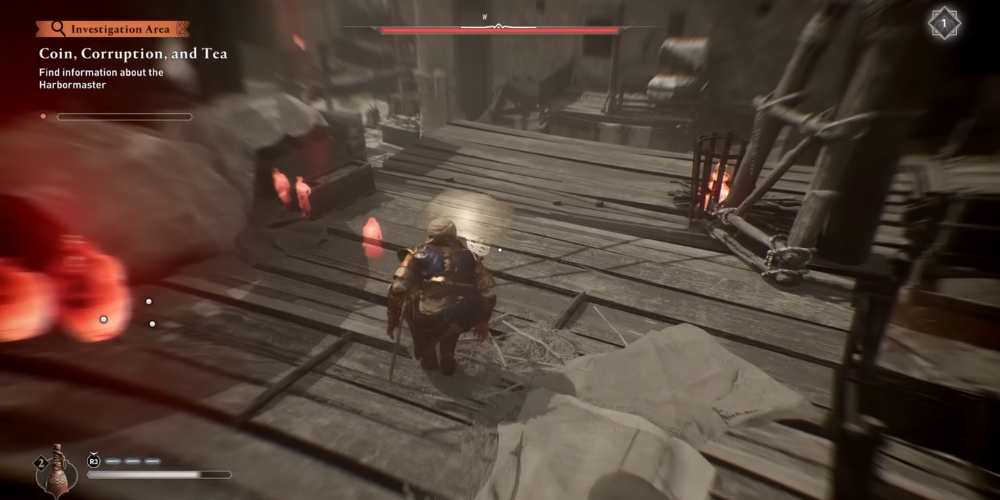The Evolution of Combat in Assassins Creed: Key Features from Every Game
- 87

Since its debut in 2007, the Assassin's Creed series by Ubisoft has taken players through historical open worlds, combining rich storytelling with evolving gameplay mechanics. An integral part of this evolution is seen in the combat systems, which have continuously transformed to provide more depth, realism, and challenge. In this article, we explore how combat in Assassin's Creed has developed from its origins to its latest entries, highlighting key features that define the combat experience in each game.
Assassin's Creed (2007)
In the original Assassin's Creed, combat was relatively simple yet innovative for its time. The focus was on counter-attacks, timing, and using the environment to your advantage. Players would often find themselves surrounded by multiple enemies, using the 'counter' ability to dispatch foes effectively. This form of combat emphasized patience and precision over brute force.
Assassin's Creed II (2009)
With Assassin's Creed II, the introduction of new weapons and tools, like the hidden gun, poison blade, and smoke bombs, significantly expanded combat options. The mechanics became more varied, allowing for a mix of stealth and active combat strategies. This sequel also improved enemy AI, making fights more challenging and engaging.
Assassin's Creed: Brotherhood (2010)

Assassin's Creed: Brotherhood introduced the concept of recruiting and commanding a group of assassins. In combat, this meant players could call on these allies to provide assistance during fights, adding a layer of strategy to how engagements were approached. The combat itself remained similar to Assassin's Creed II, with additional features like chain kills enabling players to eliminate multiple enemies quickly.
Assassin's Creed: Revelations (2011)
The combat in Assassin's Creed: Revelations saw enhancements primarily through the introduction of the hookblade, which allowed not only for new mobility options but also added new techniques in combat scenarios. The hookblade enabled more fluid combat sequences and the ability to quickly transition between attacks and movements.
Assassin's Creed III (2012)
Assassin's Creed III overhauled the combat system to complement its American Revolutionary War setting. The smoother and more dynamic fighting system introduced multiple enemy types that required different strategies to overcome, such as using combos and dual-wielding weapons like tomahawks and knives. Environmental kills became more prominent, adding creativity to combat encounters.
Assassin's Creed IV: Black Flag (2013)

The setting of the Golden Age of Pirates in Assassin's Creed IV: Black Flag influenced its combat style heavily. Naval combat was introduced, dramatically expanding the gameplay. Hand-to-hand combat was refined, incorporating more naval-themed weapons and tactics, which mirrored the rugged and brutal pirate lifestyle.
Assassin's Creed: Unity (2014)
Assassin's Creed: Unity introduced a more tactical approach to fighting with a renewed focus on swordplay and the parry system. This game required more careful management of timing and defense strategies, emphasizing skill and precision. Unity also introduced co-operative multiplayer, allowing players to engage in synchronized team-based combat scenarios.
Assassin's Creed: Syndicate (2015)
In Assassin's Creed: Syndicate, the introduction of a faster-paced, more brutal combat system reflected the Industrial Revolution backdrop. With mechanisms like the rope launcher for quicker movement and dual combat using brass knuckles and the cane sword, combat was not only about being effective but also about being efficient.
Assassin's Creed Origins (2017)
A significant pivot in the series, Assassin's Creed Origins, introduced RPG elements, which included a complete overhaul of the combat system. A hitbox-based combat system replaced the paired animation system, allowing for greater freedom and a real challenge as players now had to consider range, speed, and enemy positioning. This change made combat more realistic and immersive.
Assassin's Creed Odyssey (2018)

Building on the RPG foundations laid by Origins, Assassin's Creed Odyssey enhanced the combat with abilities that could be unleashed once an ability bar was filled. These abilities, such as the Spartan kick, added a new layer of depth and strategy to fights. The introduction of conquest battles, large-scale warfare that pitted hundreds of soldiers against each other, brought an epic scale to combat.
Assassin's Creed Valhalla (2020)
Assassin's Creed Valhalla further developed the RPG elements with a more extensive skills tree and brutal Viking combat techniques. Raiding parties and the use of environmental elements for attacks, like throwing axes, introduced new tactical considerations. The stamina bar was also introduced, adding a layer of management that requires players to be mindful of their actions during combat.
In conclusion, the evolution of combat in the Assassin's Creed series mirrors the changing historical contexts and technological advancements in gaming. From simplistic beginnings to complex systems involving strategy, teamwork, and precision, the series has consistently transformed, offering players new challenges and ways to engage with the historical narratives portrayed. As the series continues, we can only anticipate further innovations that will enrich the player's experience in navigating the turbulent waters of history through the eyes of an assassin.
